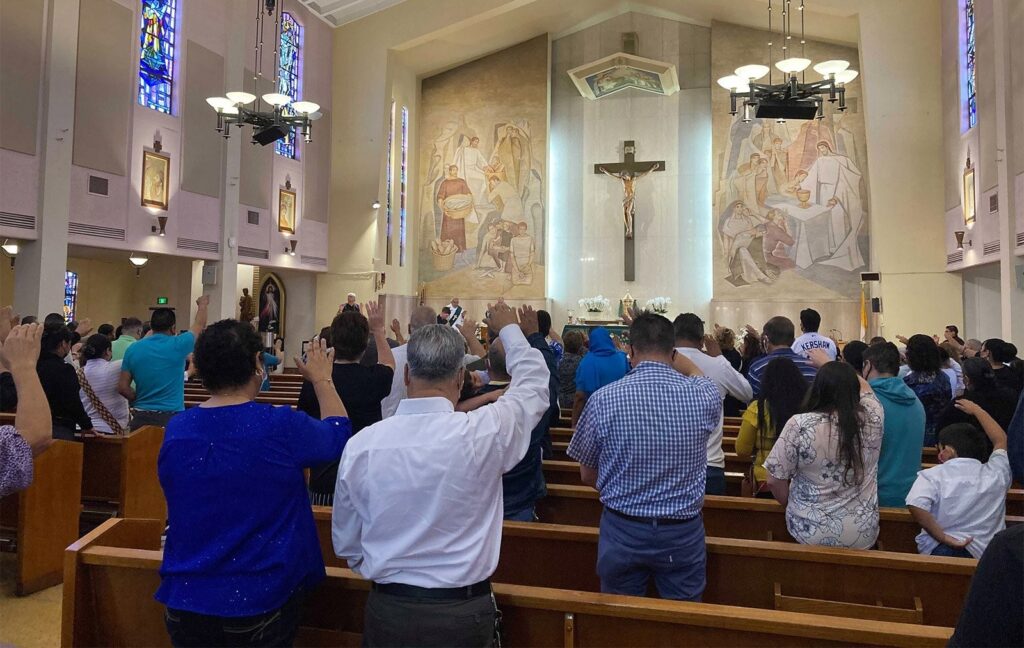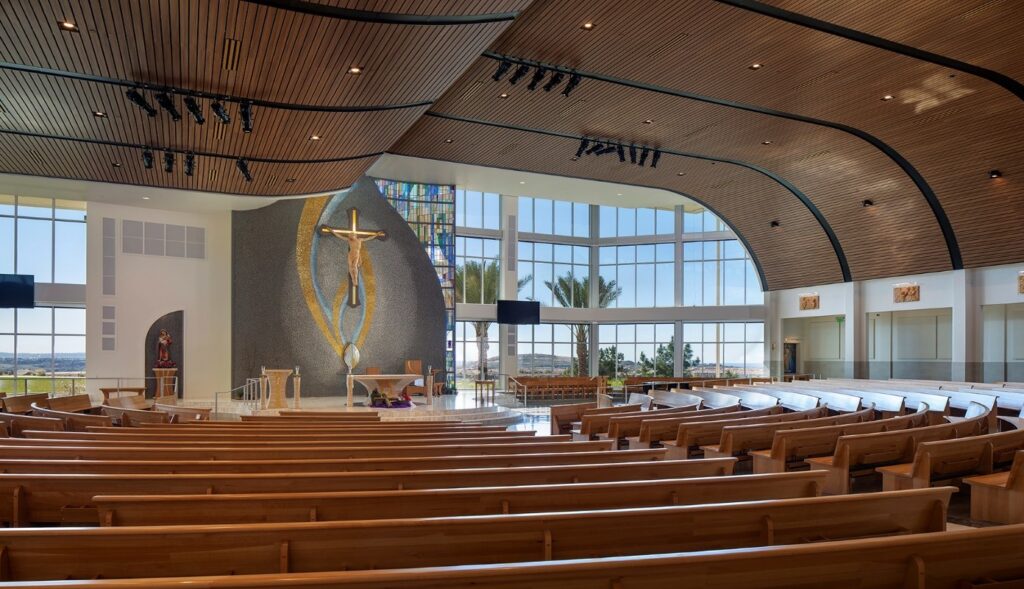
Truthfully speaking, there are a lot of things people don’t know. For example, we don’t know the size of most Catholic churches anymore. We speak of church attendance in terms of B.C. or Before COVID-19. A lot of these places are still figuring out who among their follower will come back.
Furthermore, people do not even know what these places will look like years from now. The drastic growth in digital services during the COVID-19 pandemic only adds to the difficulty of tracking attendees. With that being said, the most likely scene is churches will look like they did decades ago. In fact, the best indicator of future action is past actions.
Visit this site for details about the history of religion.
Early in the COVID-19 pandemic, some individuals predicted this was just the beginning of the end of a huge church attendance. It does not seem like people who made these predictions took human behavior or history into consideration.
History will tell us that parishioners gathered after the COVID-19 pandemic. This disease is not the first pandemic, we faced, in the history of this religion, nor is it by any chance the worst it has faced. The faith thrived and survived after the infamous Black Plague of Europe, and it thrived and survived after Influenza and Spanish Flu.
At some point in time, it will be said that the Catholic faith thrived and survived after the Coronavirus Disease-19 pandemic. But what will be thriving and surviving look like for the post-COVID-19 church? Here are some trends that will shape the Catholic faith post-pandemic.
The great sort
A lot of people predicted that the attendance number we have seen during the height of the disease (and still see in most cases two years) would return to normal next year. But there is one major problem: The Great Sort. This thing took place a year after the pandemic started, not because of what happened, but because of cultural and social concerns.
Significant numbers of individuals have moved from denomination to denomination for reasons only tangentially related to the Coronavirus Disease. For instance, some individuals left their faith because their priests required them to wear masks. Other people left their denomination because their priests and fellow churchgoers did not wear masks.
To find out more about different religions in the United States, click https://en.wikipedia.org/wiki/Religion_in_the_United_States for details.
Individuals sorted themselves into sects that follow their point of view when it comes to masking. Some churchgoers left because of the George Floyd incident, others because they were on the other side of the fence, so to speak. Some individuals left because their pastor prayed for Joe Biden the Sunday after the United States presidential election.
Others left because their priests prayed for Former President Donald Trump. It is heartbreaking news on different levels, but one of the most deplorable realities is that individuals left their sect – the institution they had been members for many years – over either major political differences or minor disagreements.
This so-called Great Sort has affected a lot of organizations; of all sizes and shapes. While most experts believe that attendance will normalize over the next couple of years, once the dust settles, a significant reshuffling of individuals between sects will happen.

The post-COVID pandemic church
It is a considerable challenge, both missionally, ministerially, and culturally. Given these issues, priests, pastors, imams, or lay ministers will need tons of resilience to help them get through these trying times. In the past, experts said that if five percent of the Christian churches are not mad at the priest or ministers at any given time, they are probably not leading well.
Most people have also jokingly added that they probably need to slow down if seventy percent of organizations are mad at their leader. But today, experts would say if fifteen to twenty percent of their organizations are not mad or frustrated at their leaders, there is a good chance that they are not leading them through some of the challenging issues today.
In short, leading sects are not getting any easier but more challenging, difficult, and messier. While a lot of people do not know exactly where this is going, they do know that we are in a difficult situation, and it has presented us with tons of challenges.
On the other hand, people do believe these challenges come with great opportunities for organizations. How the society seizes these opportunities will determine whether the society will emerge from this situation in a position for a revival or a state of survival. People pray that church leaders will courageously lead their organizations to be the salt in this decaying world, shed light on these dark times, and gospel witnesses for the glory of the Lord. That is not only our prayer, but most individuals hope for the best for all denominations post-Coronavirus Disease-19 pandemic.
